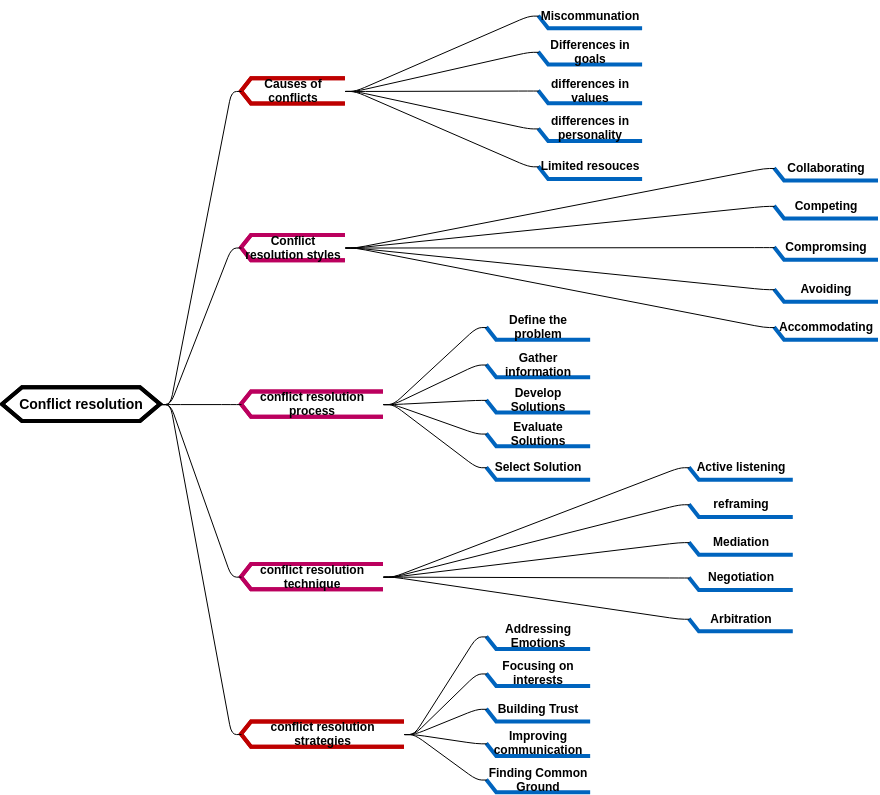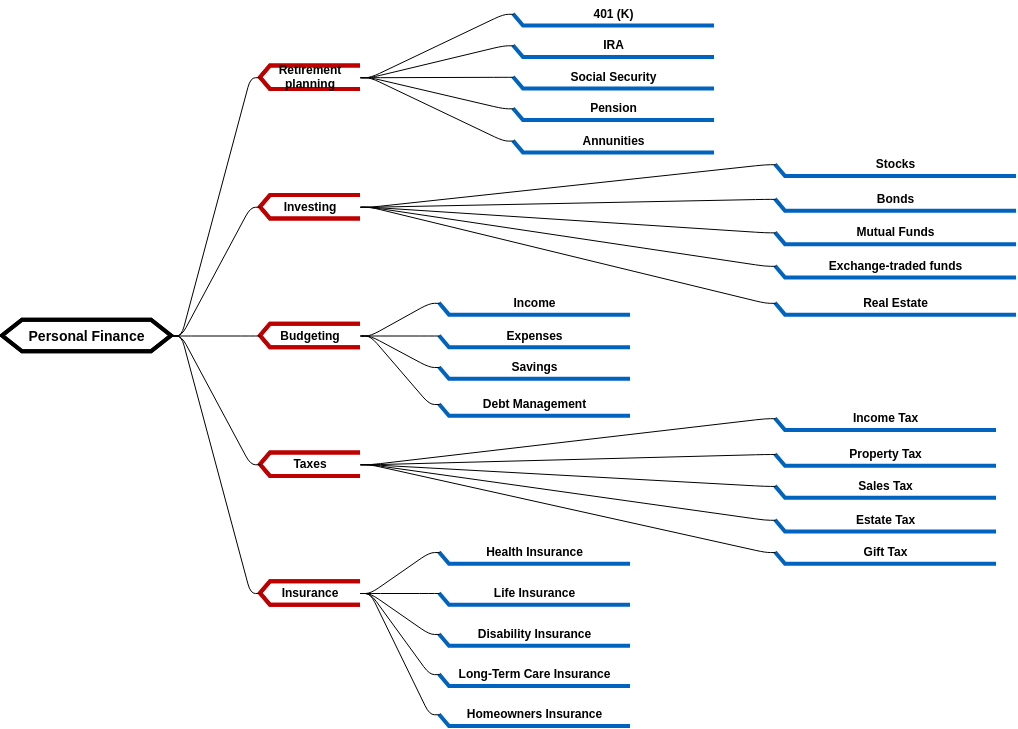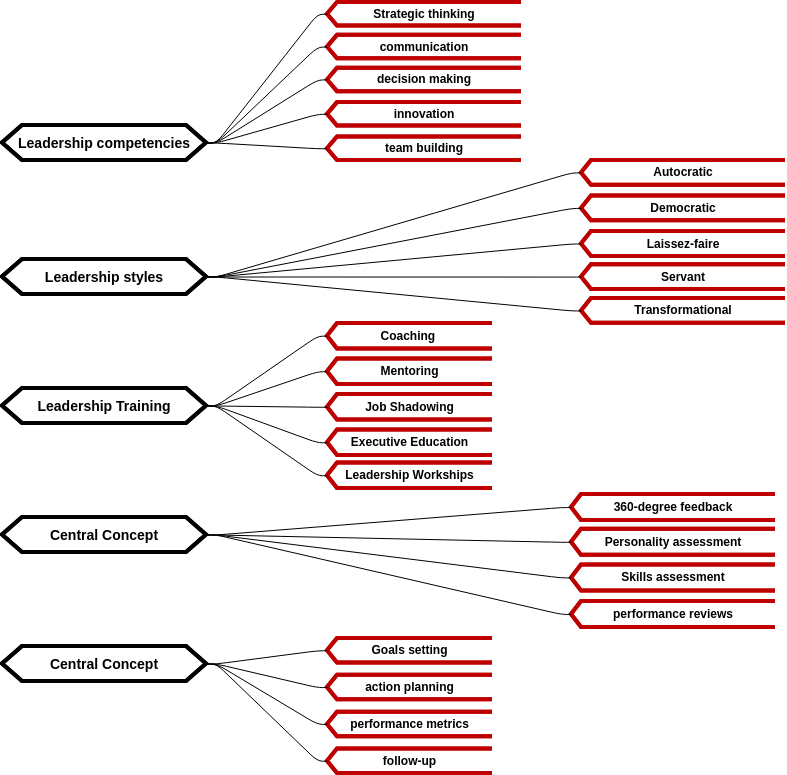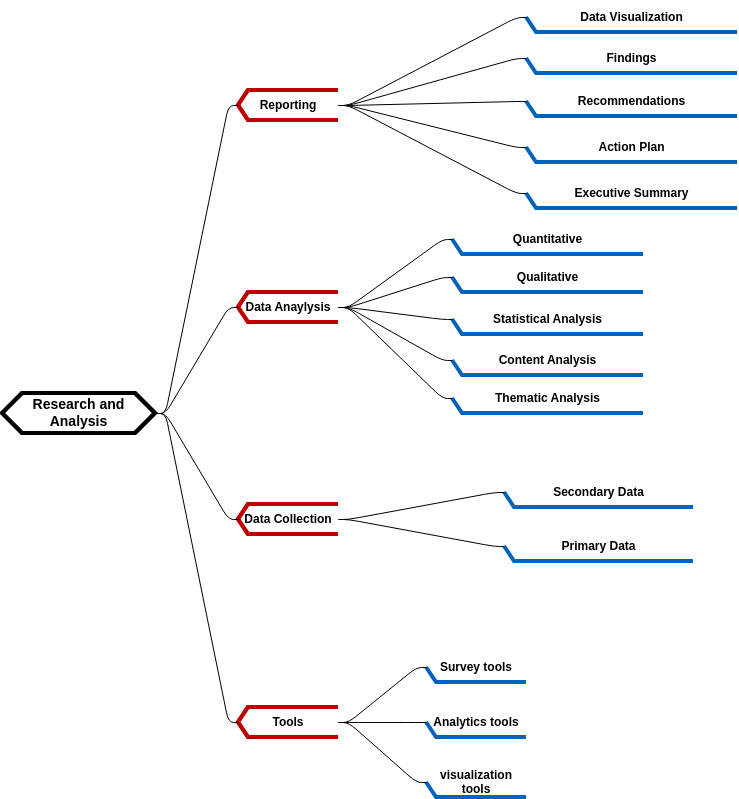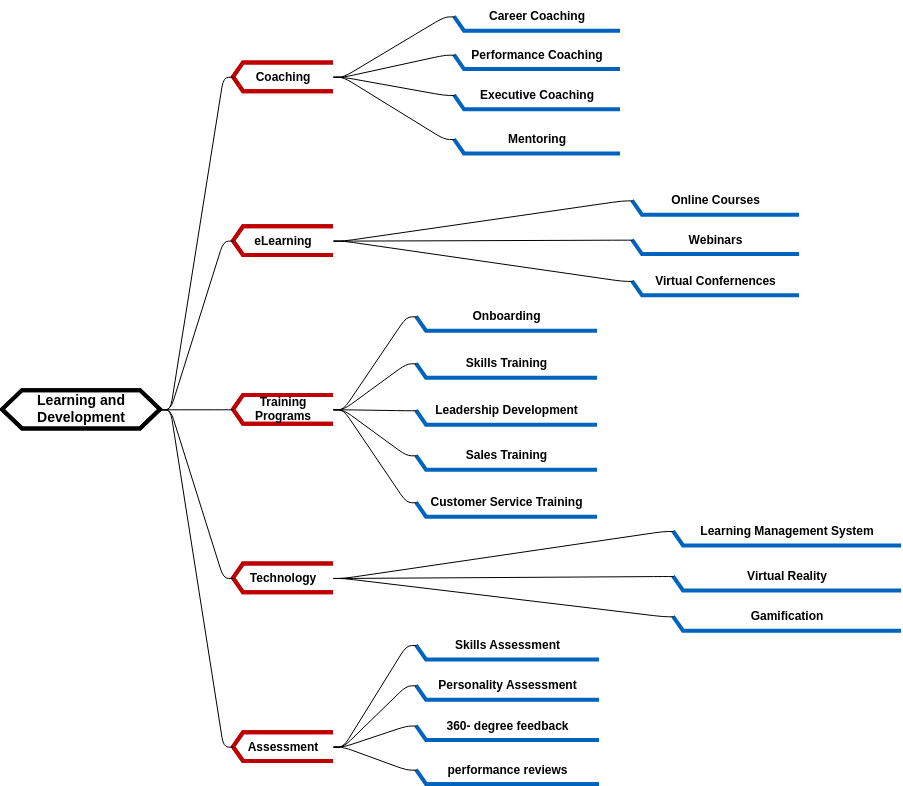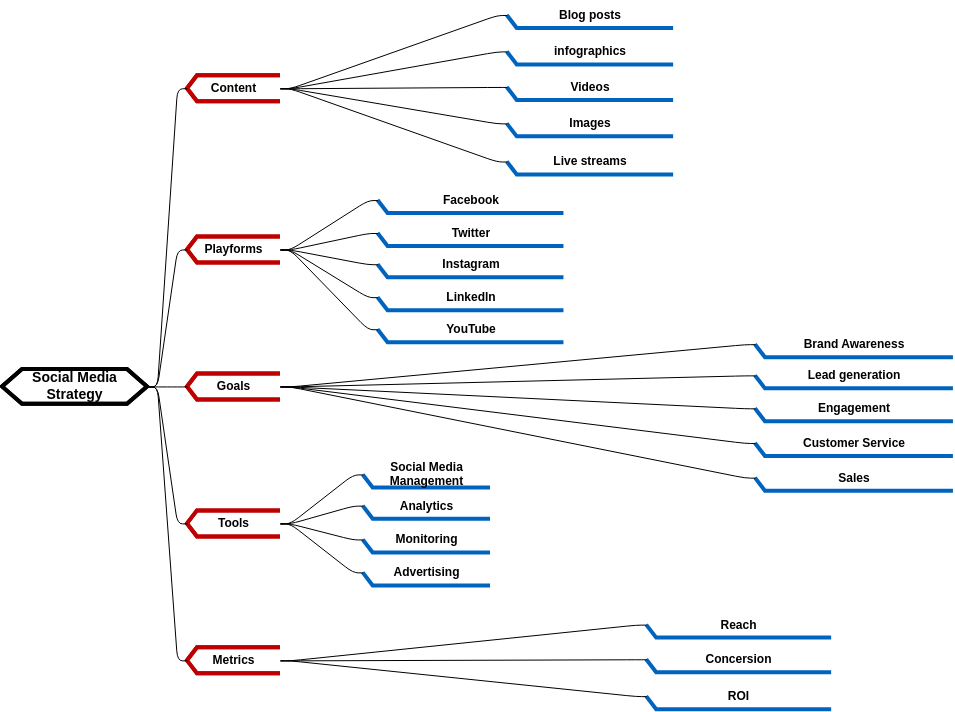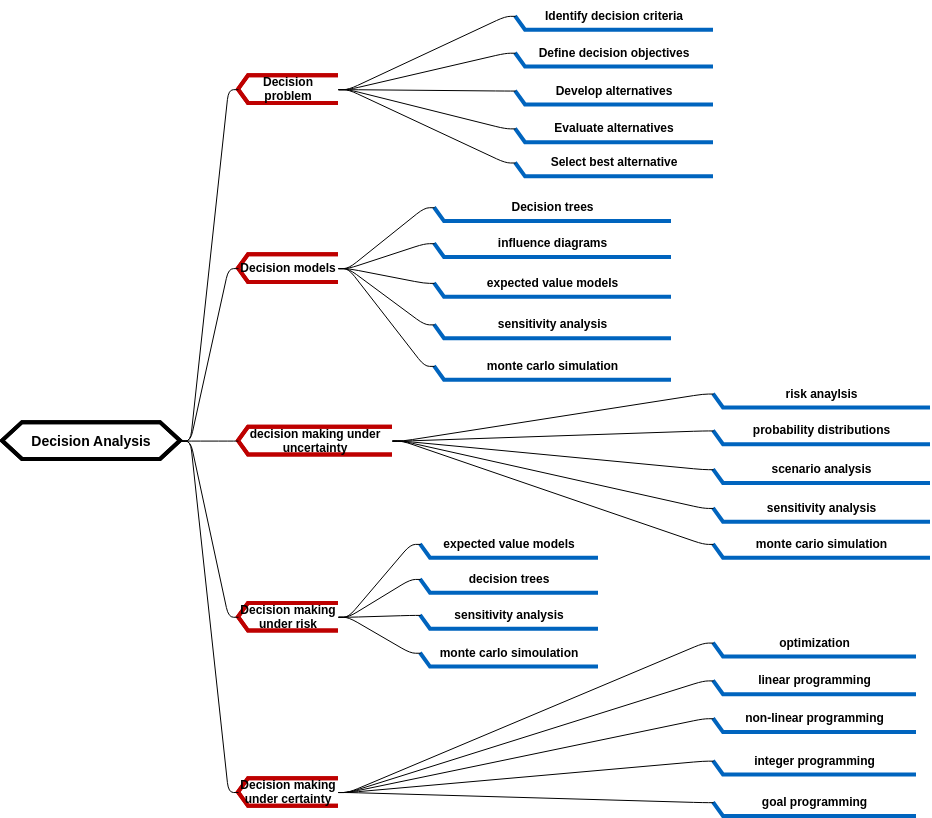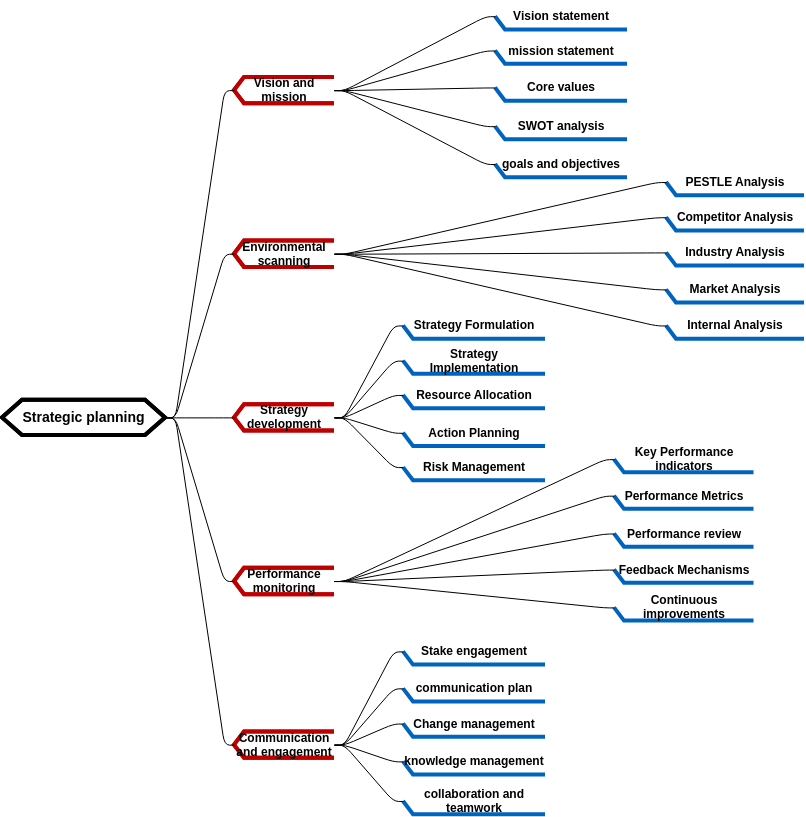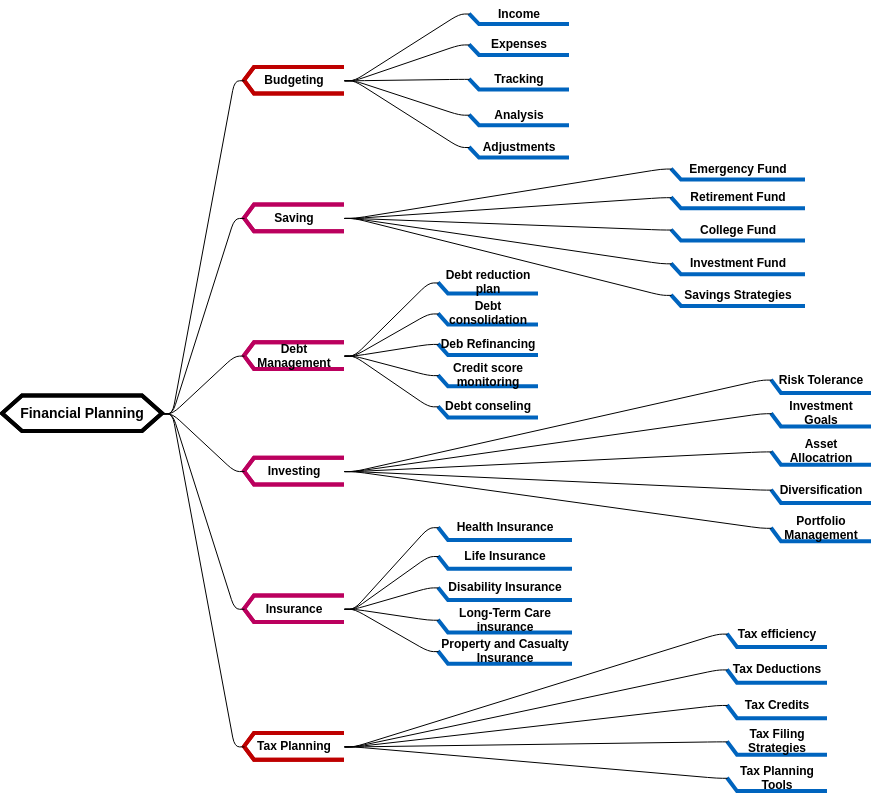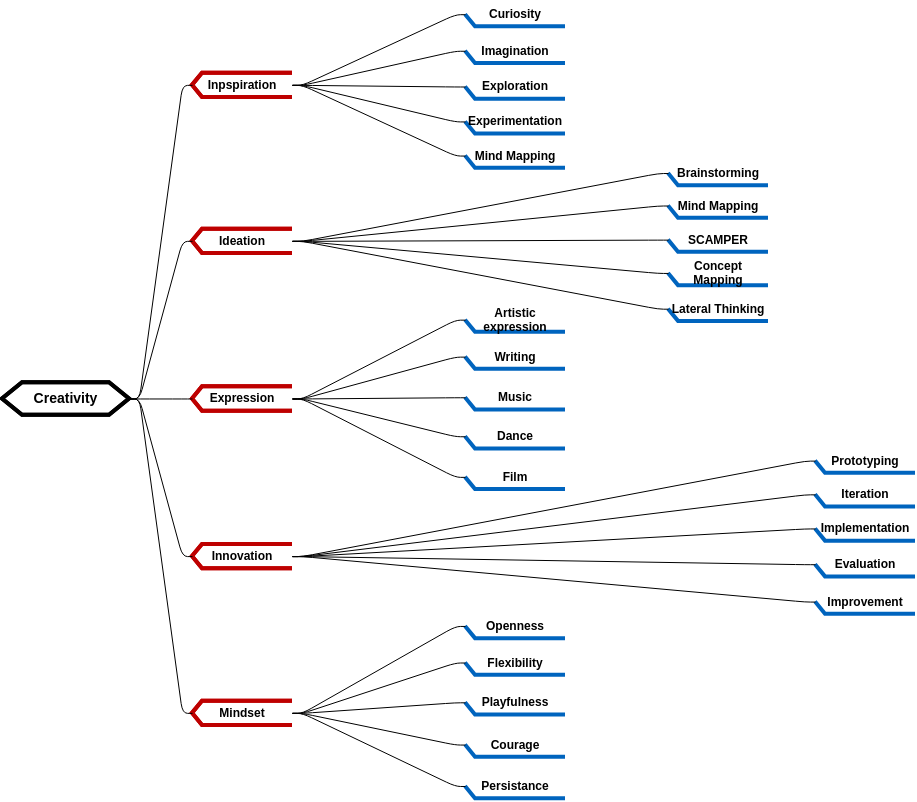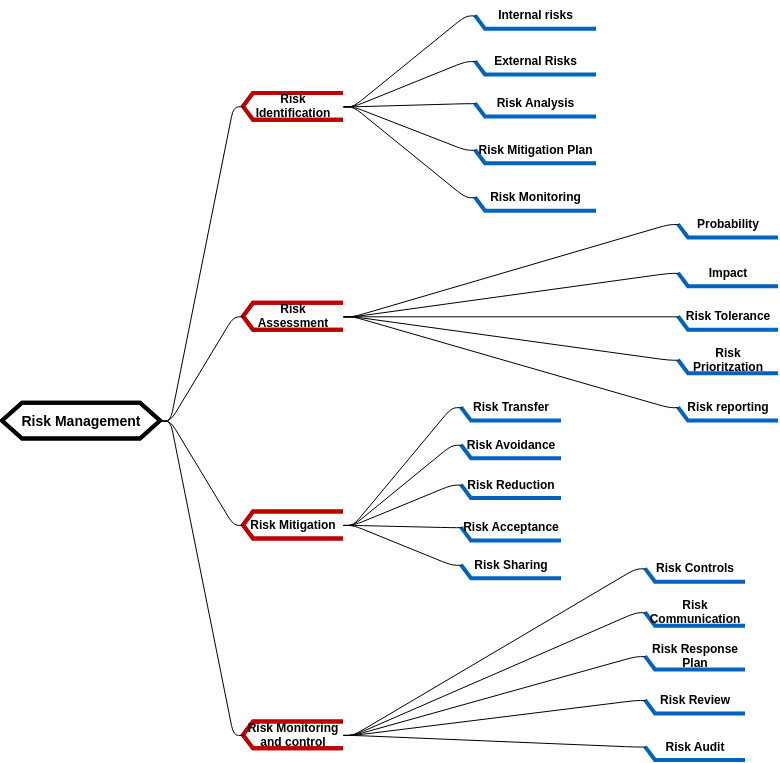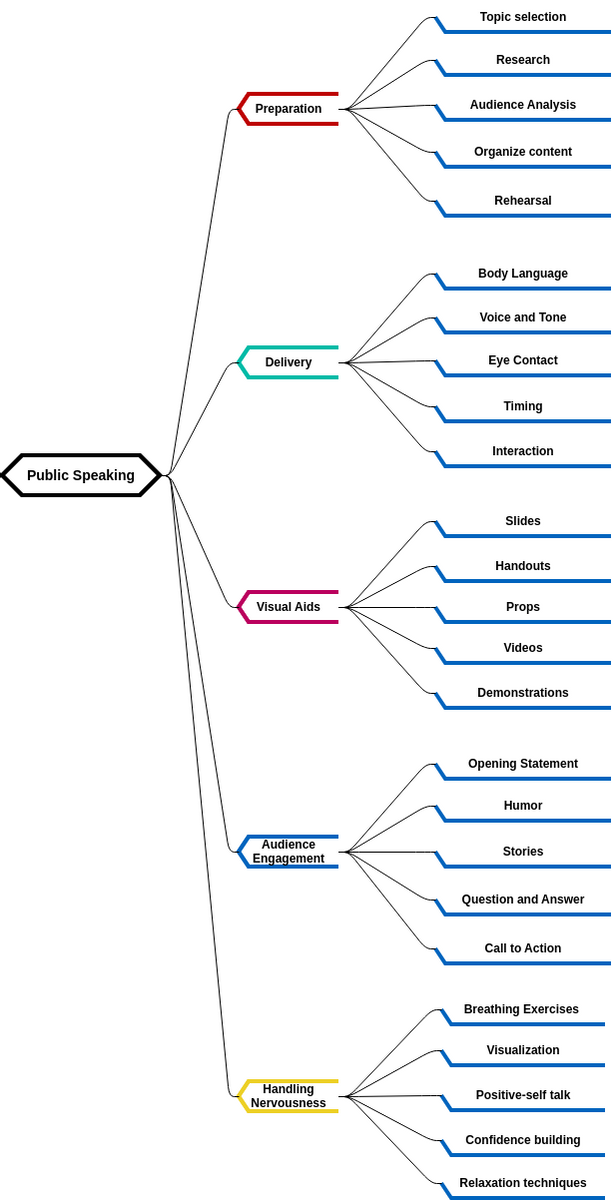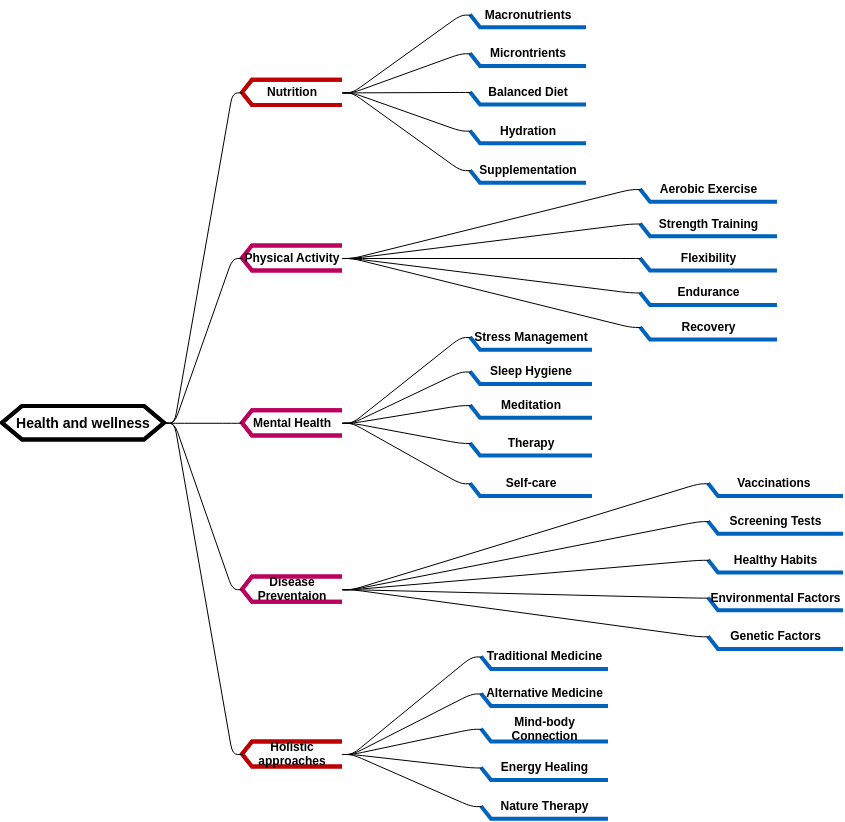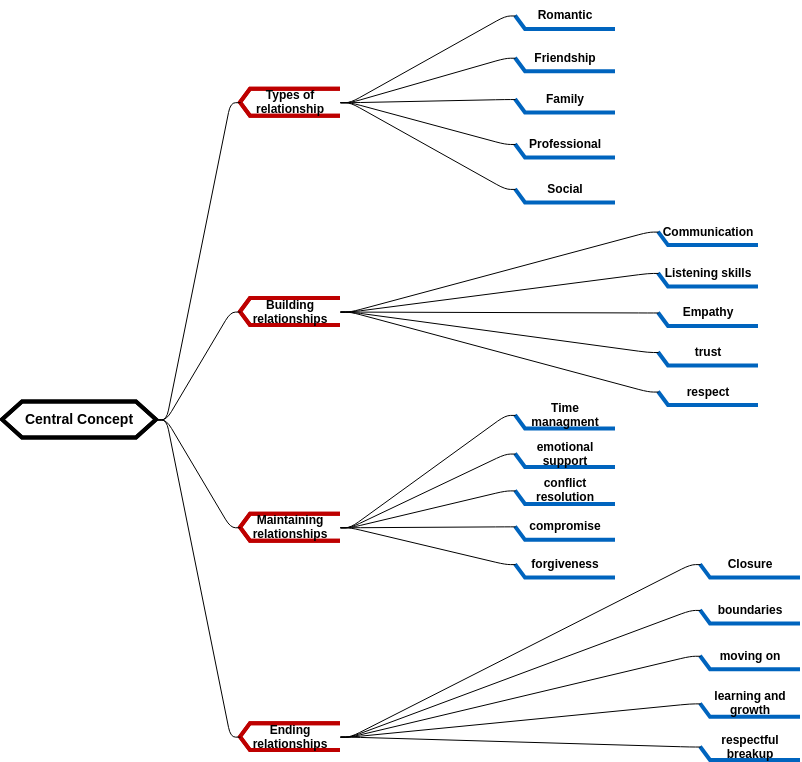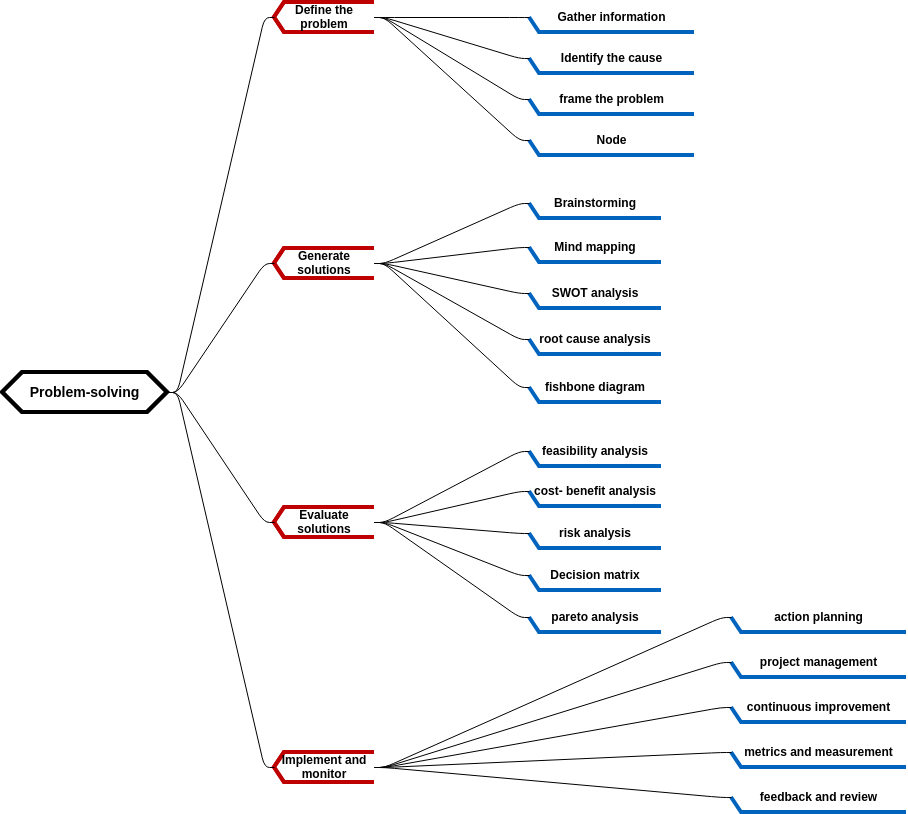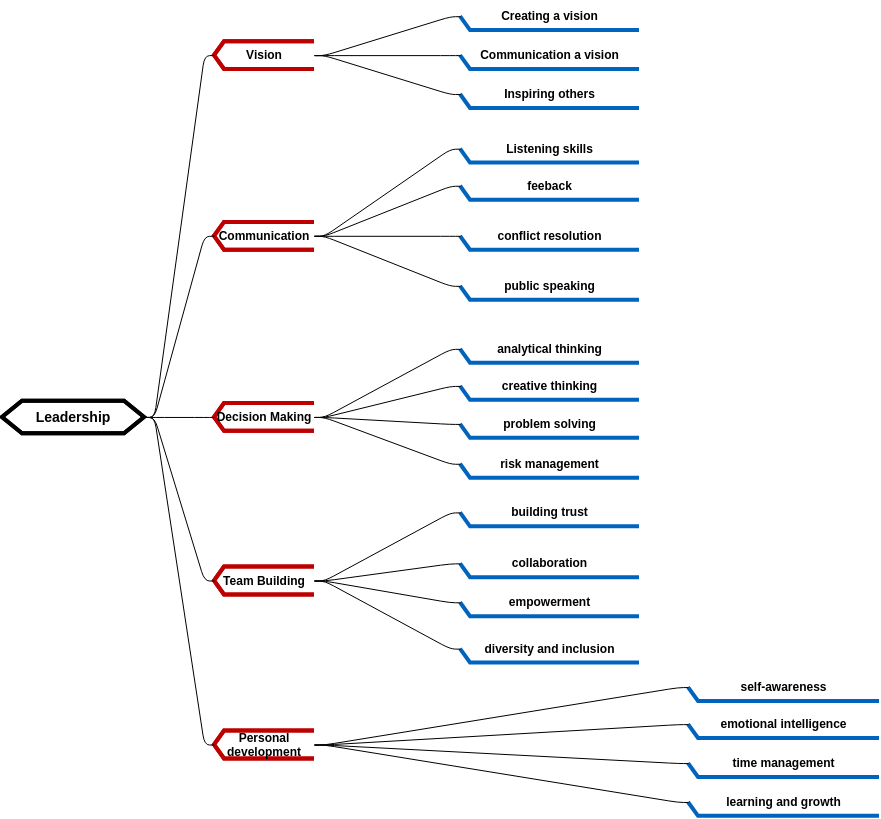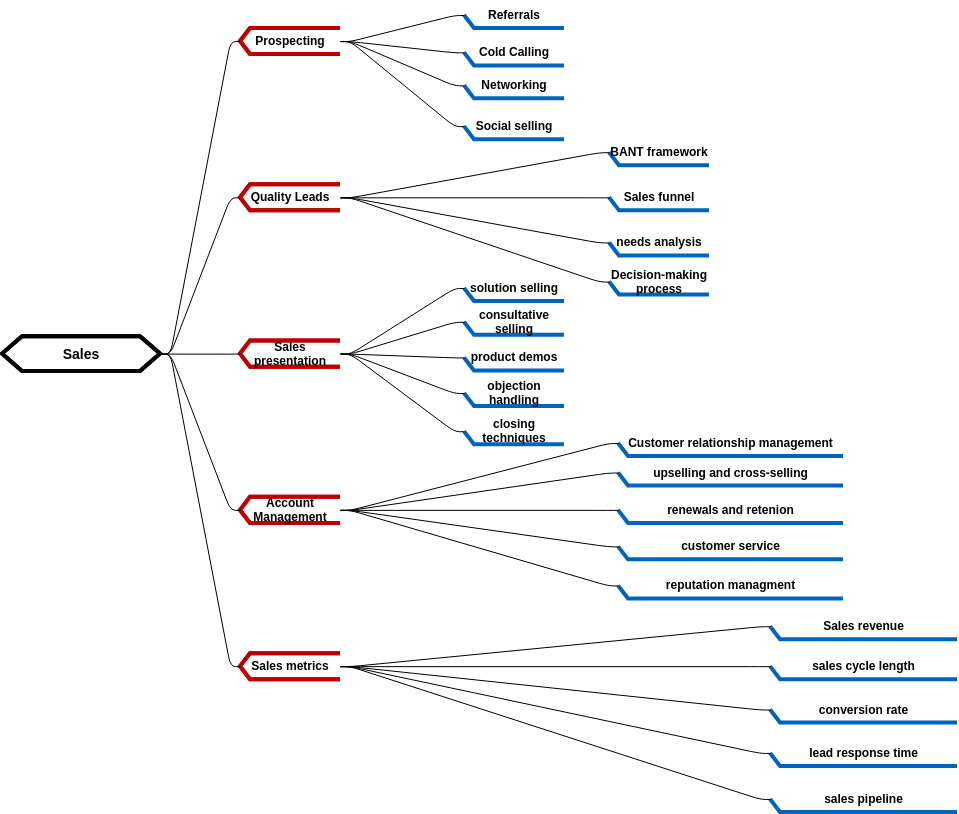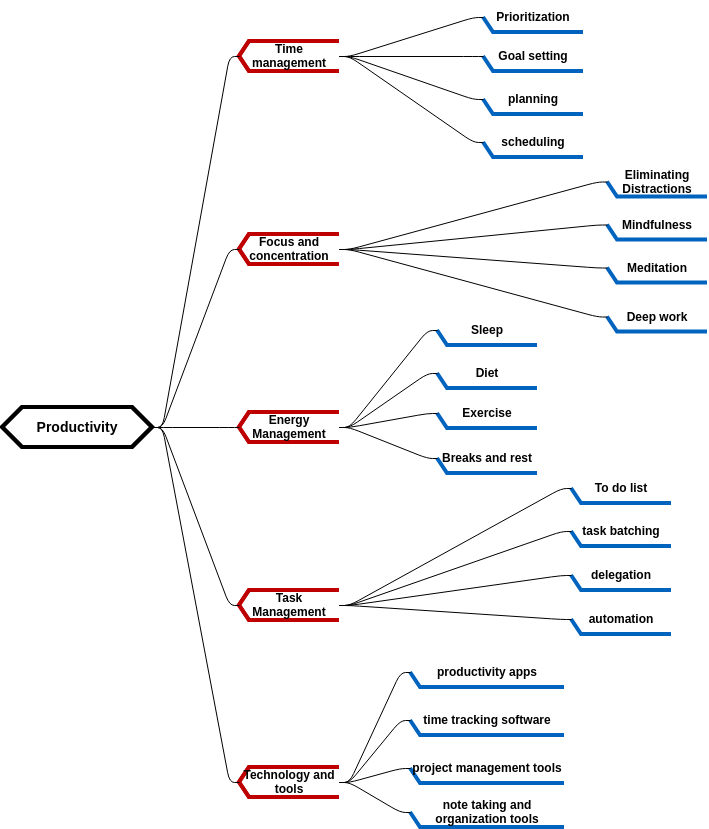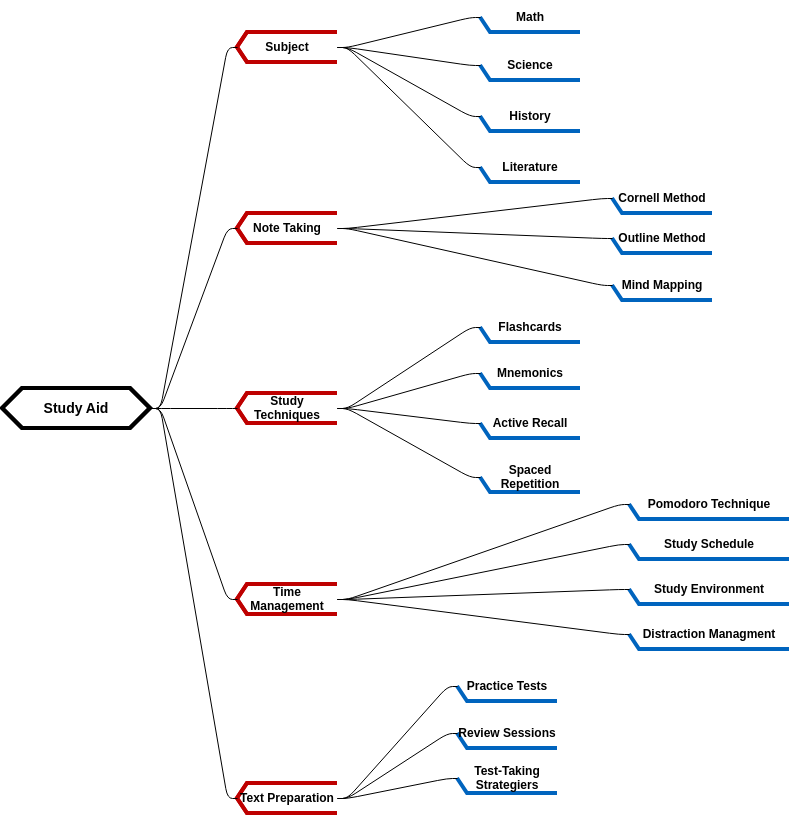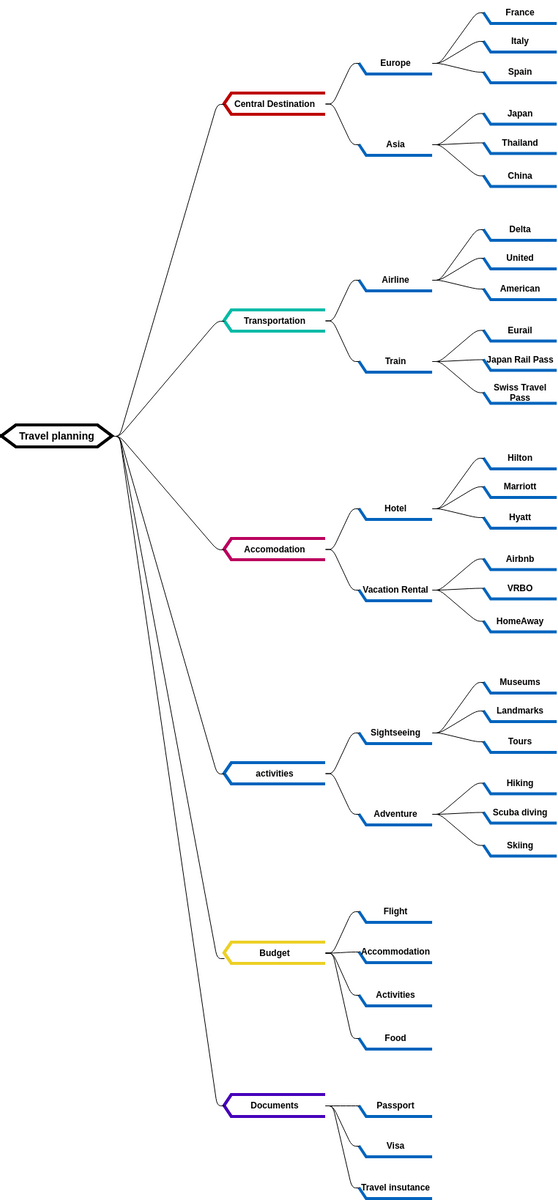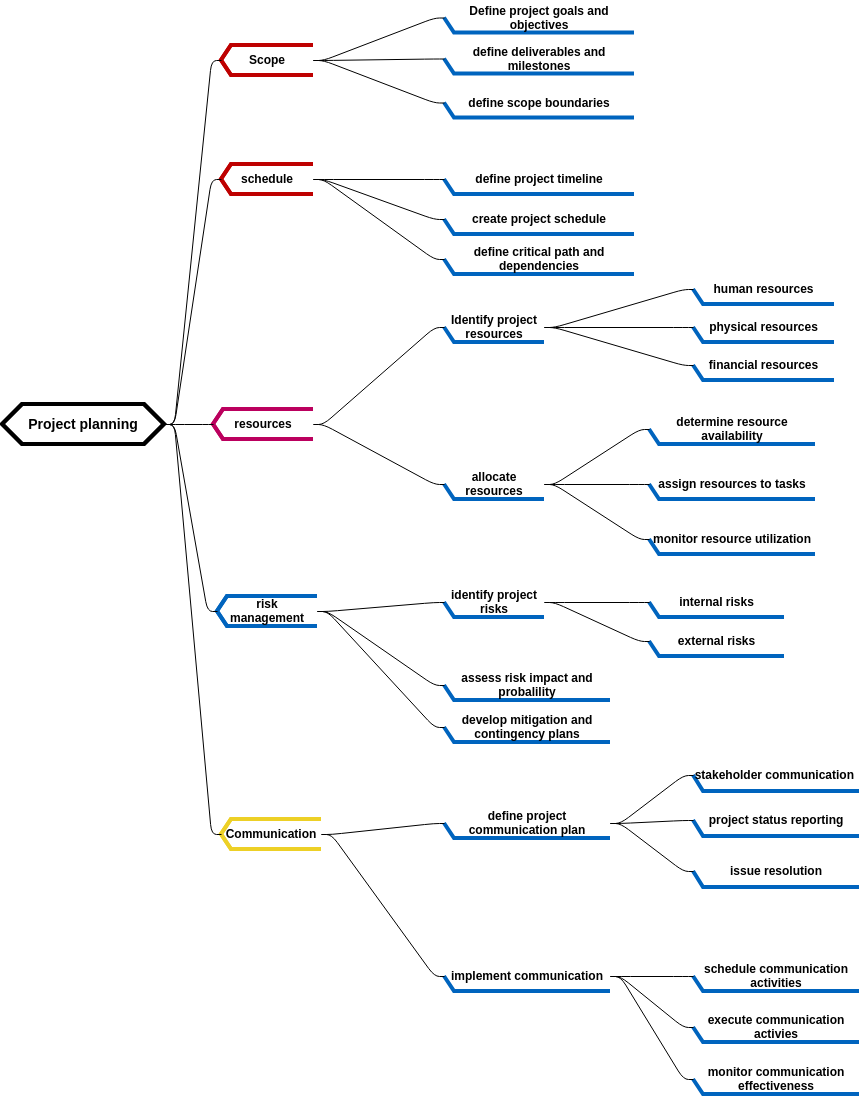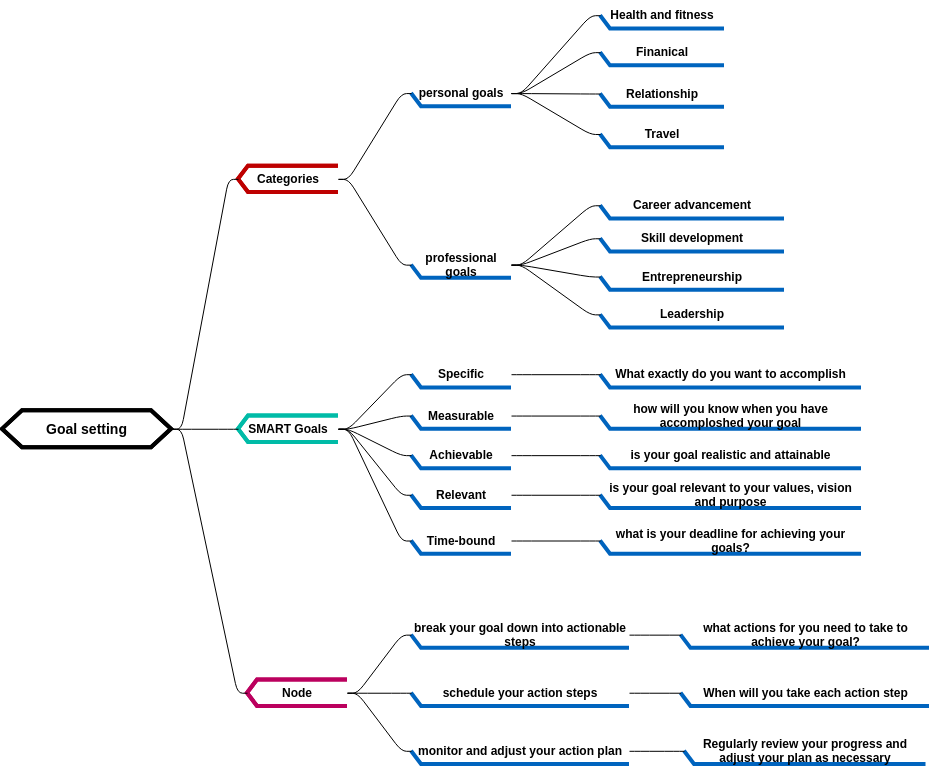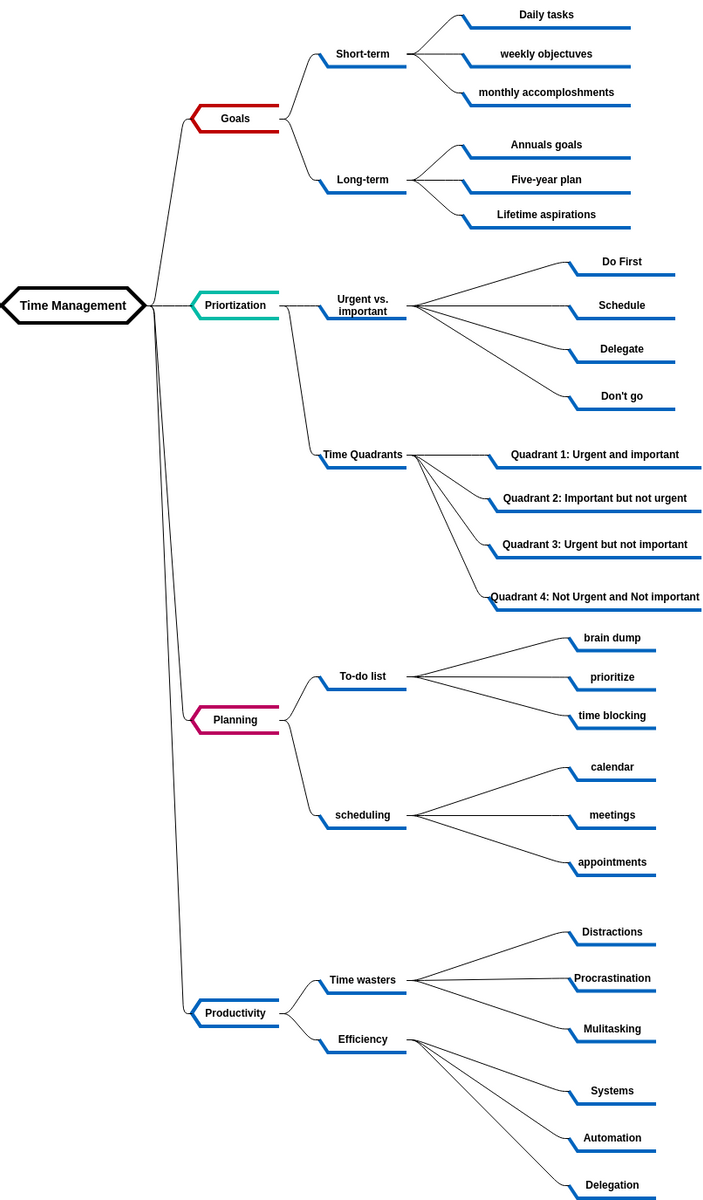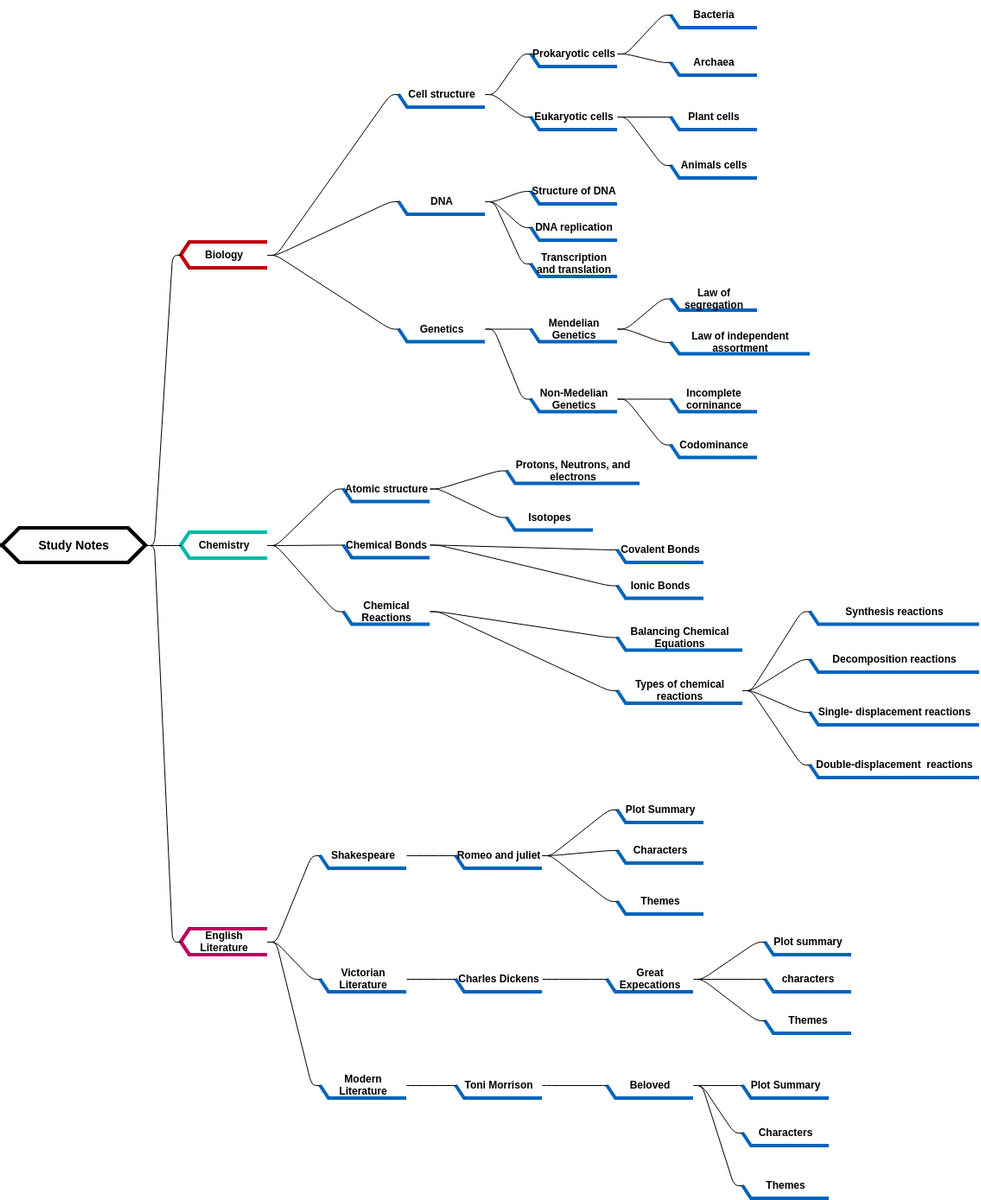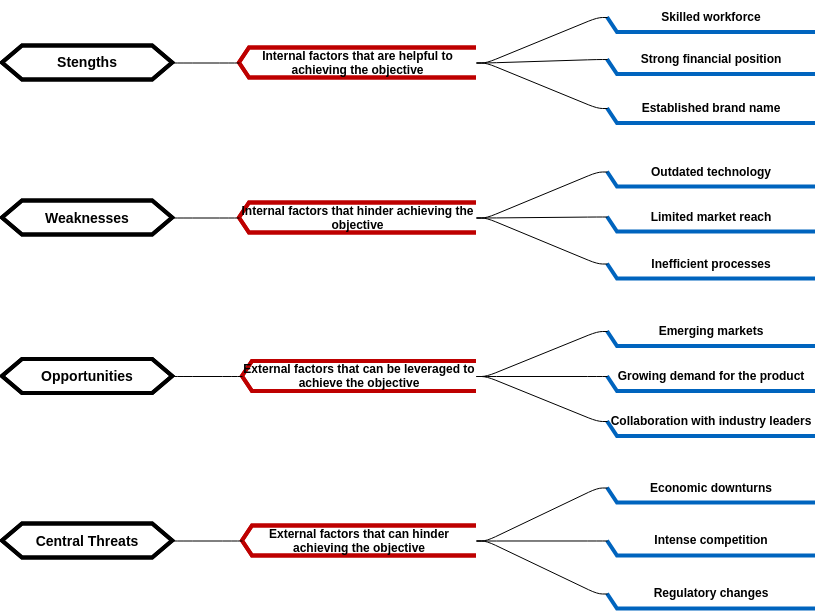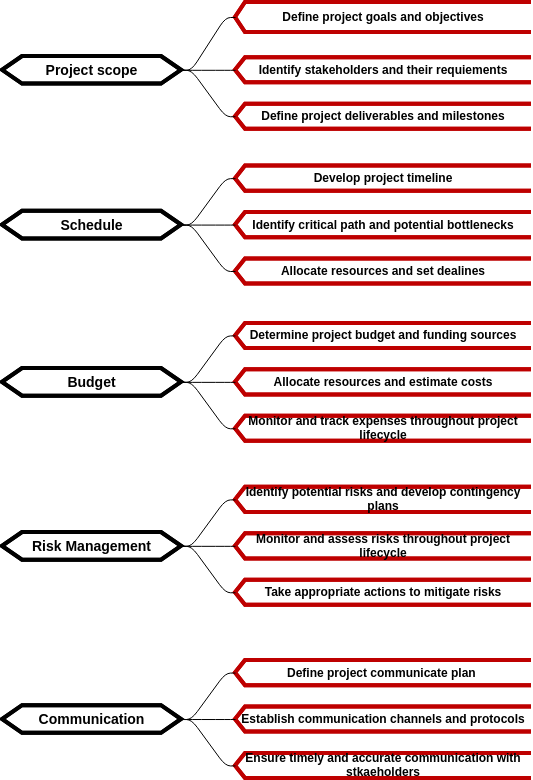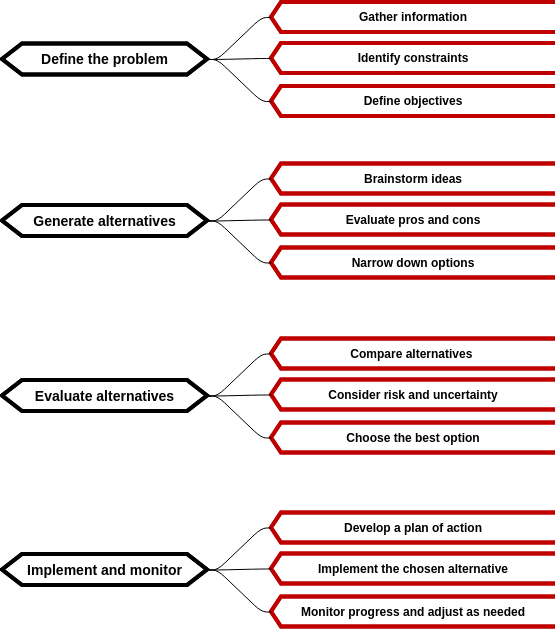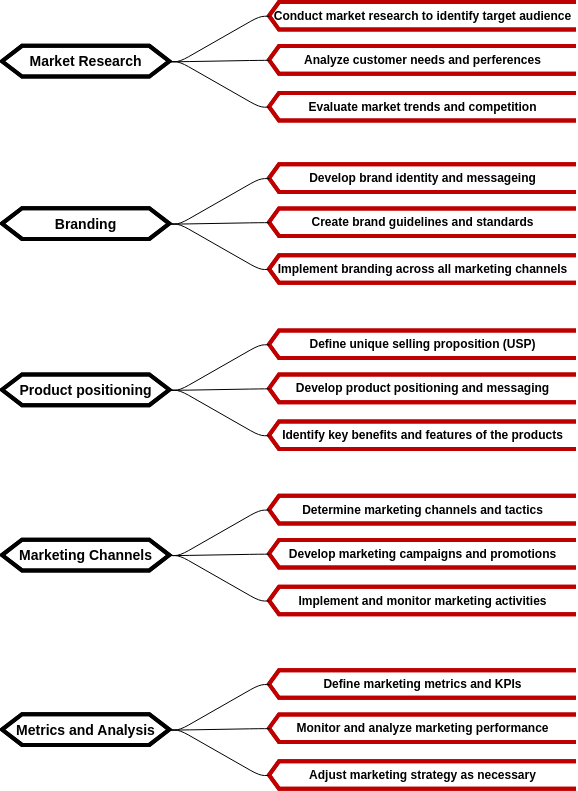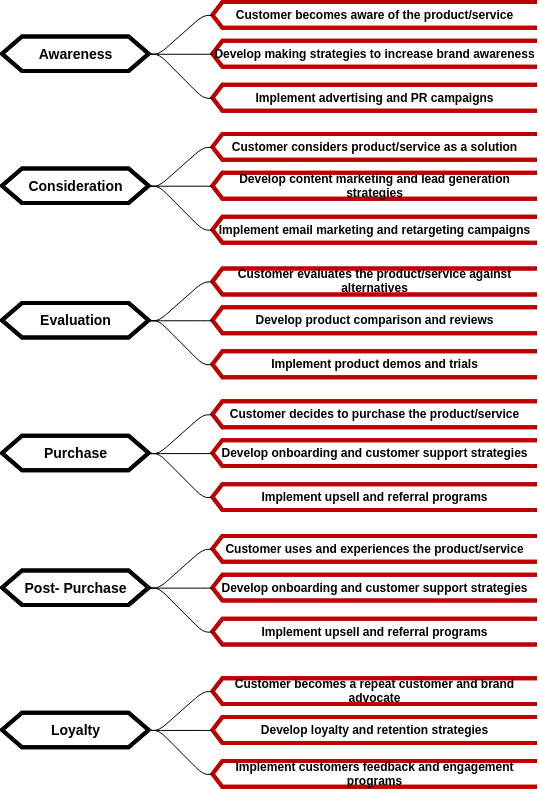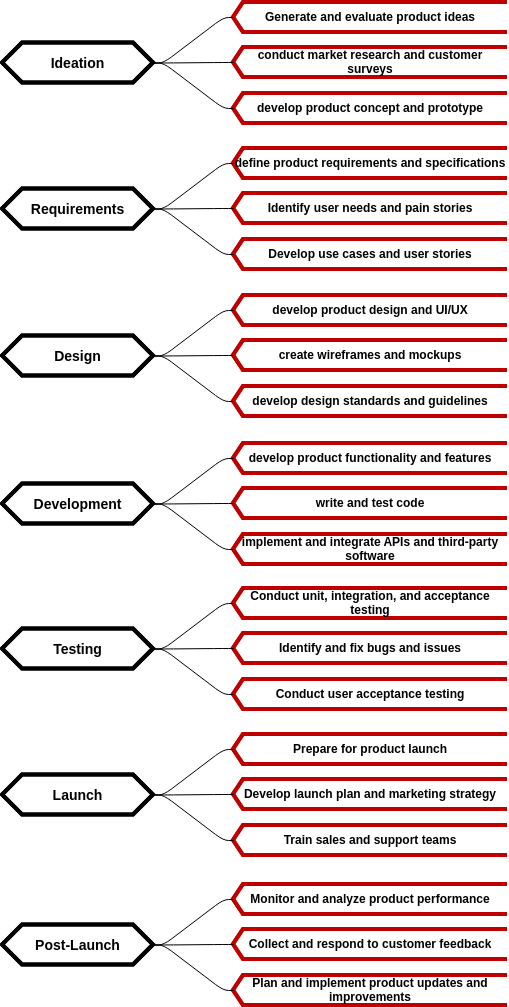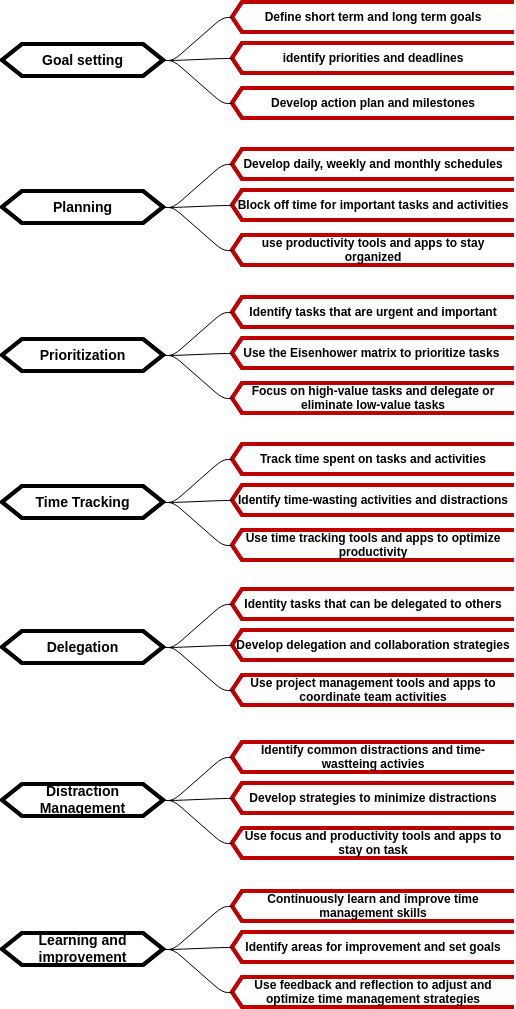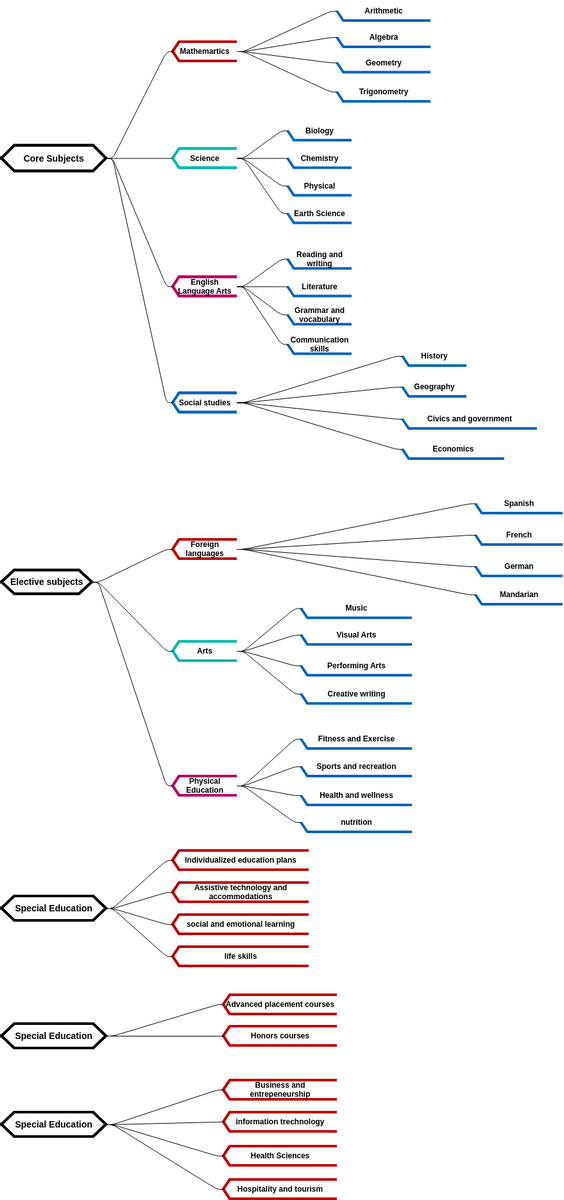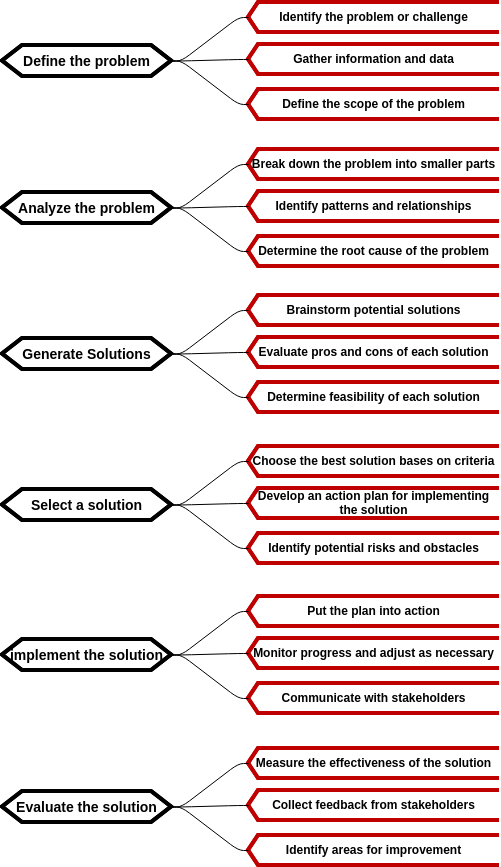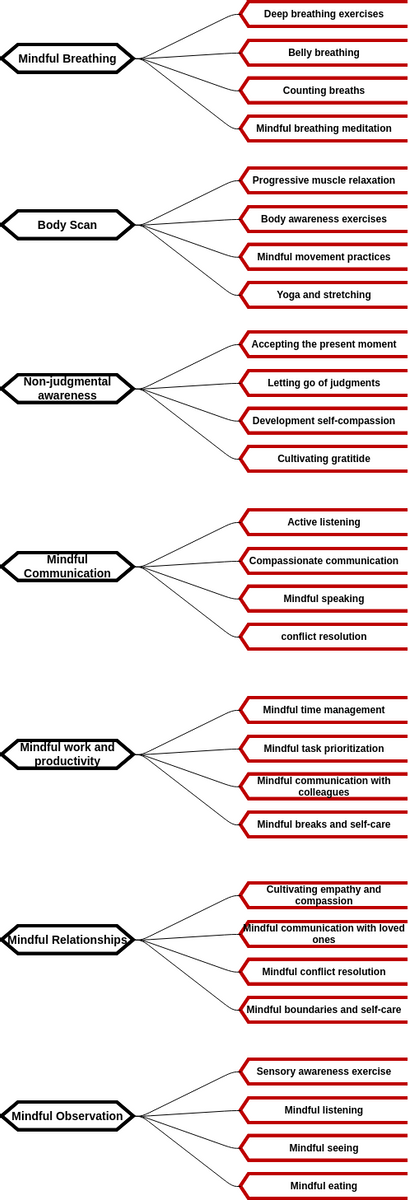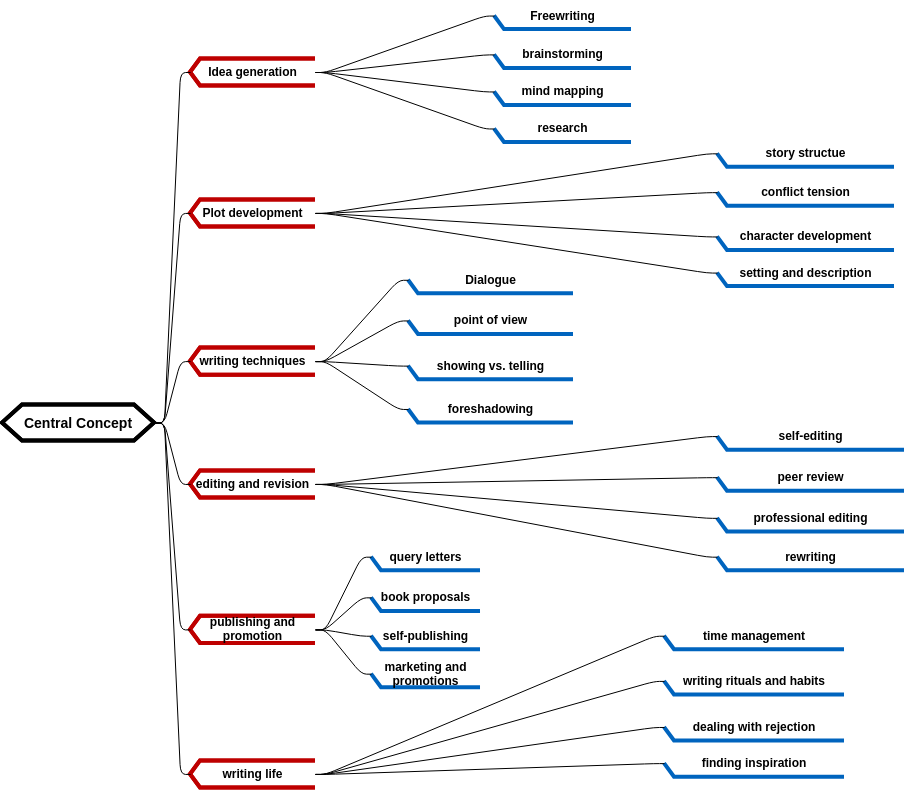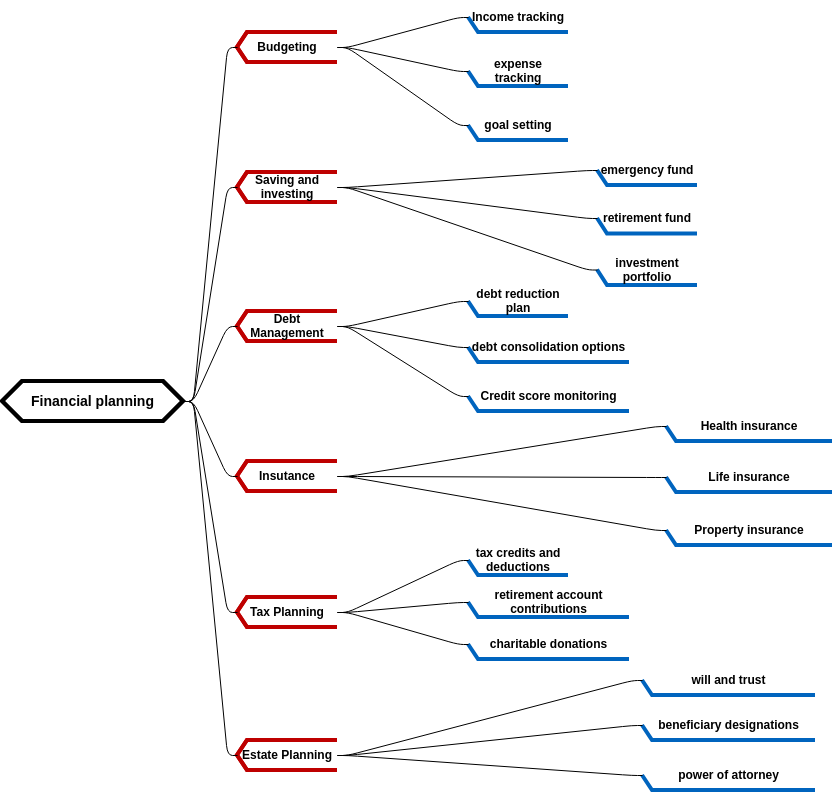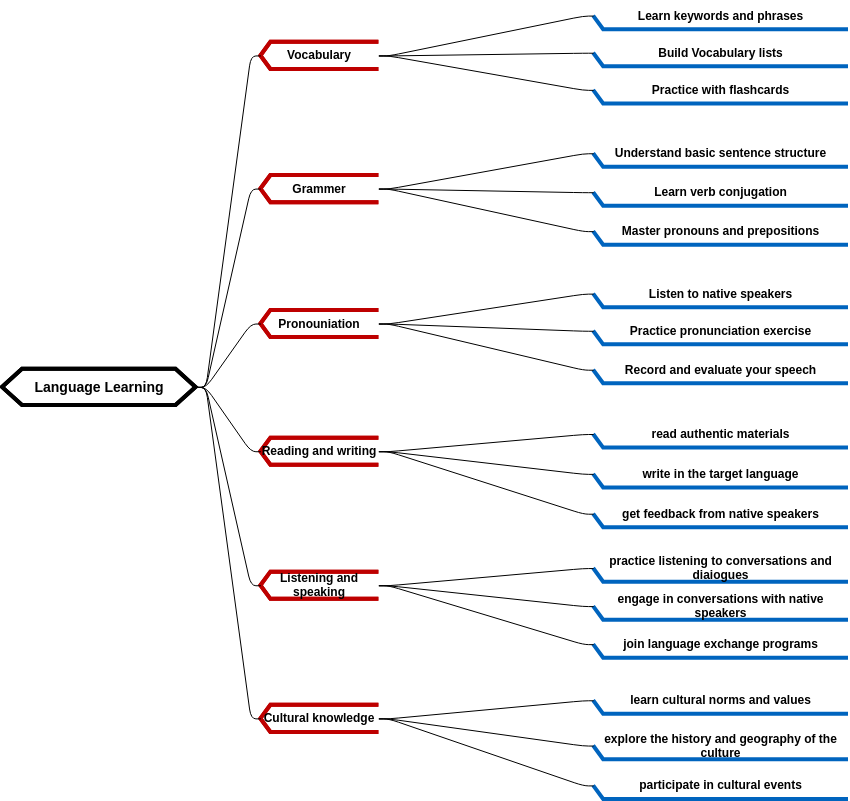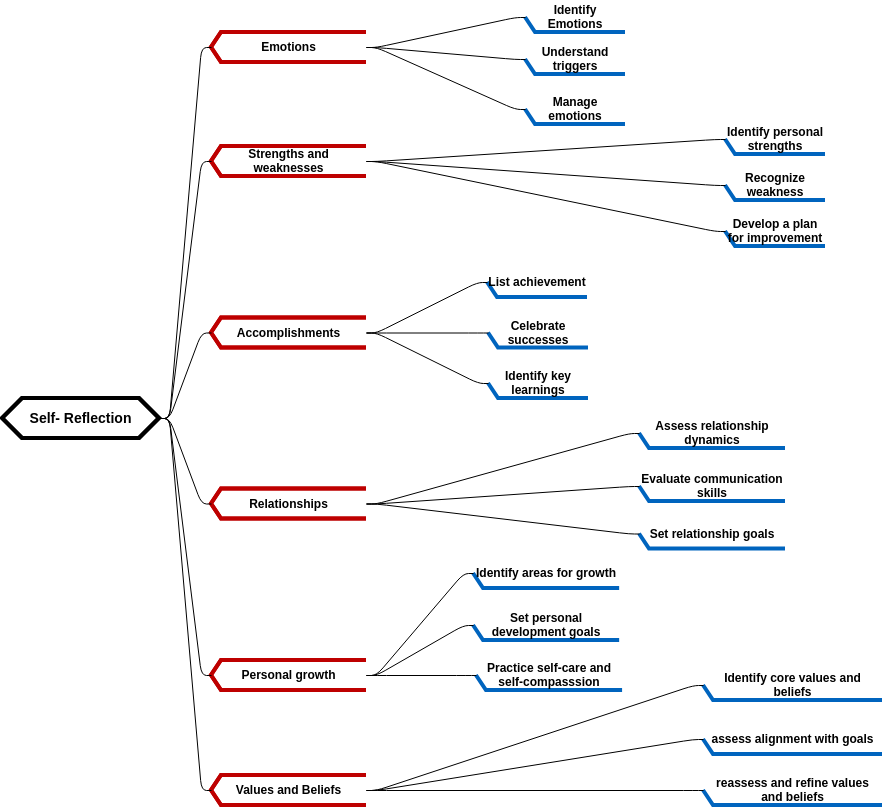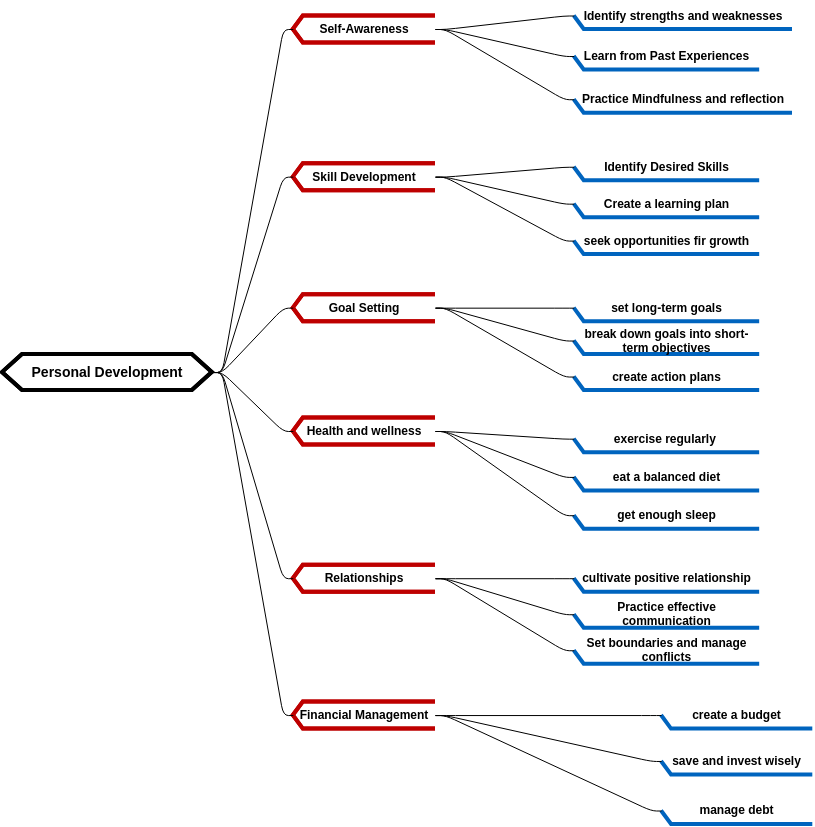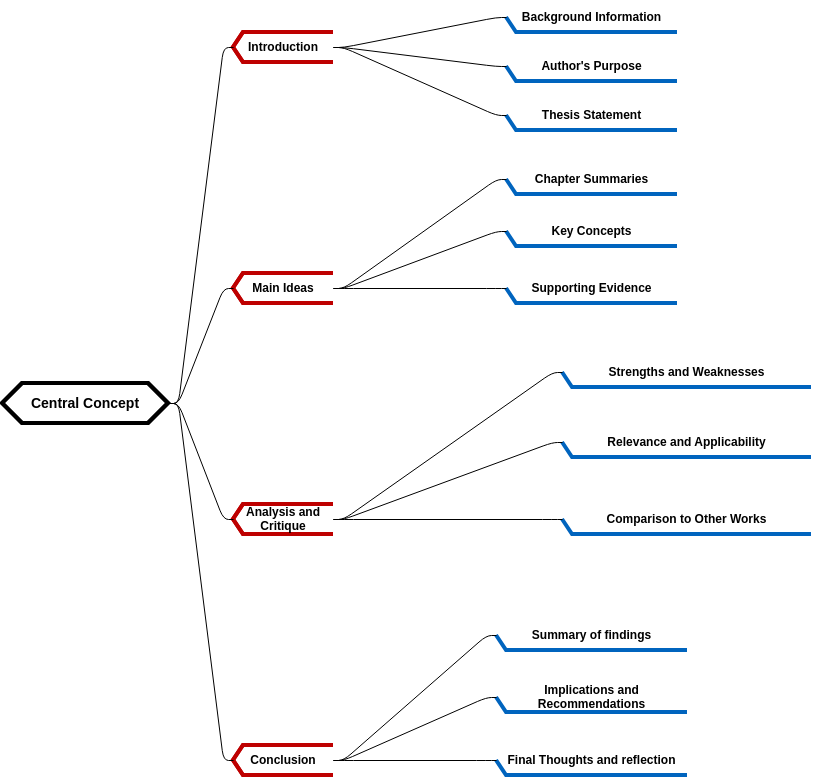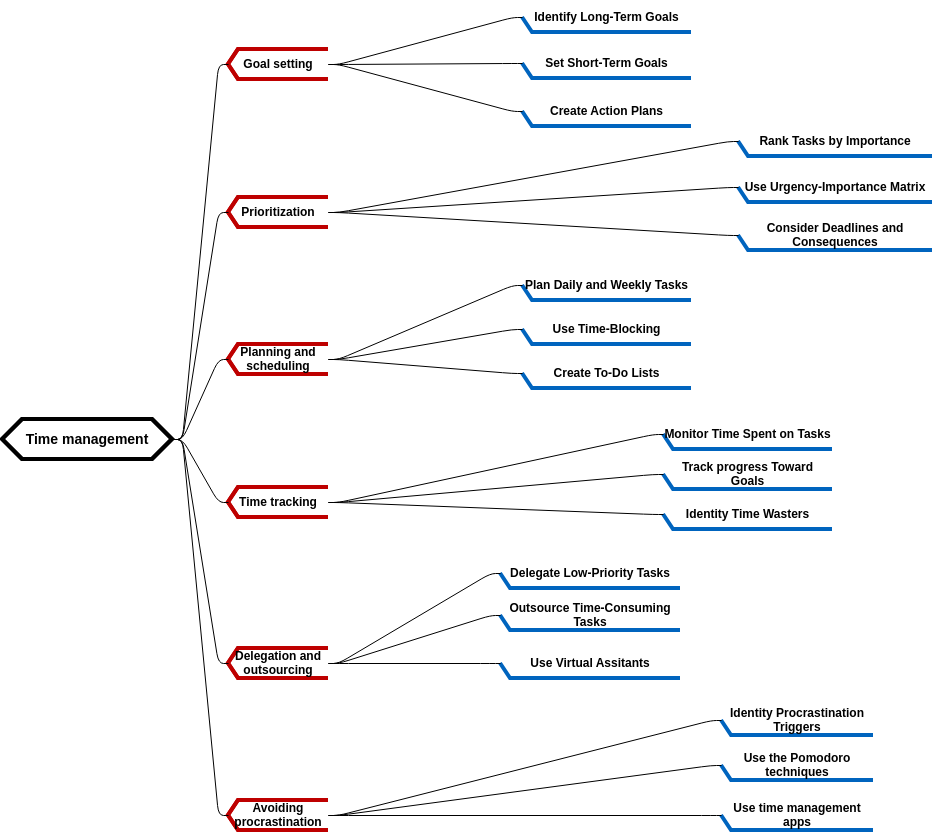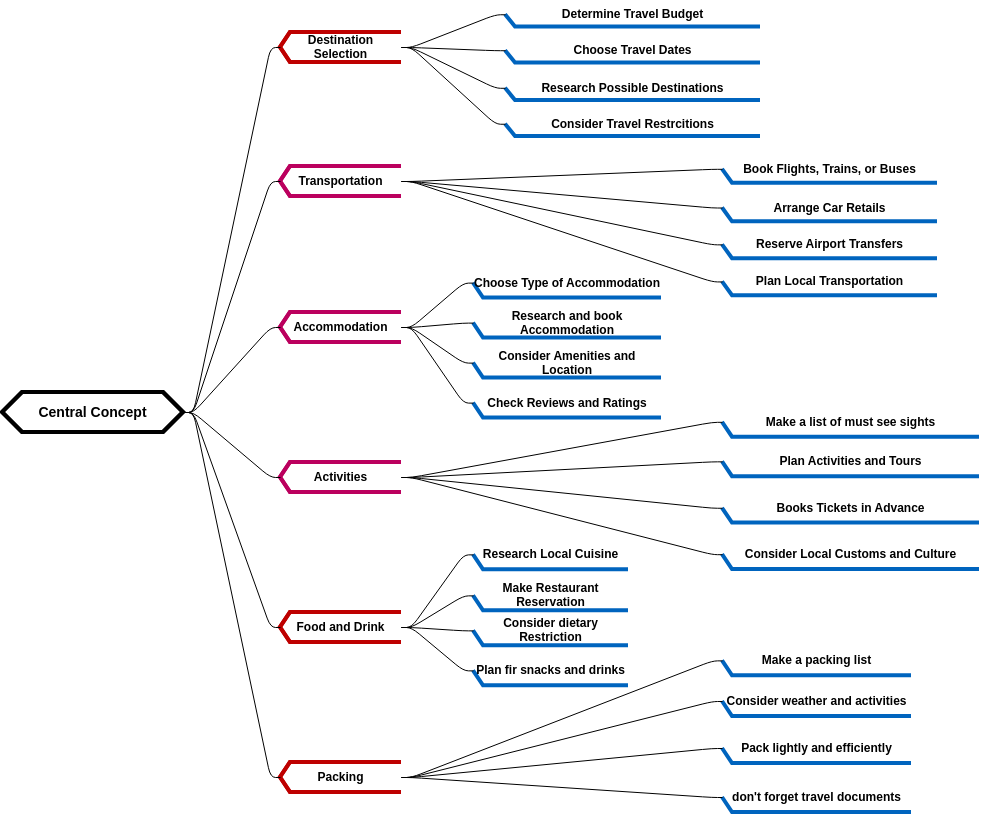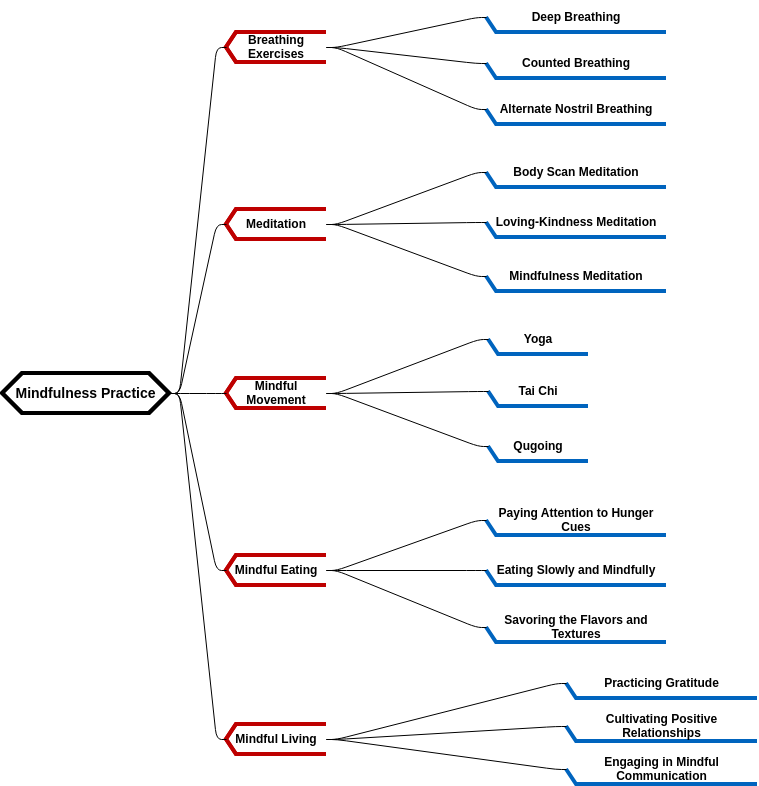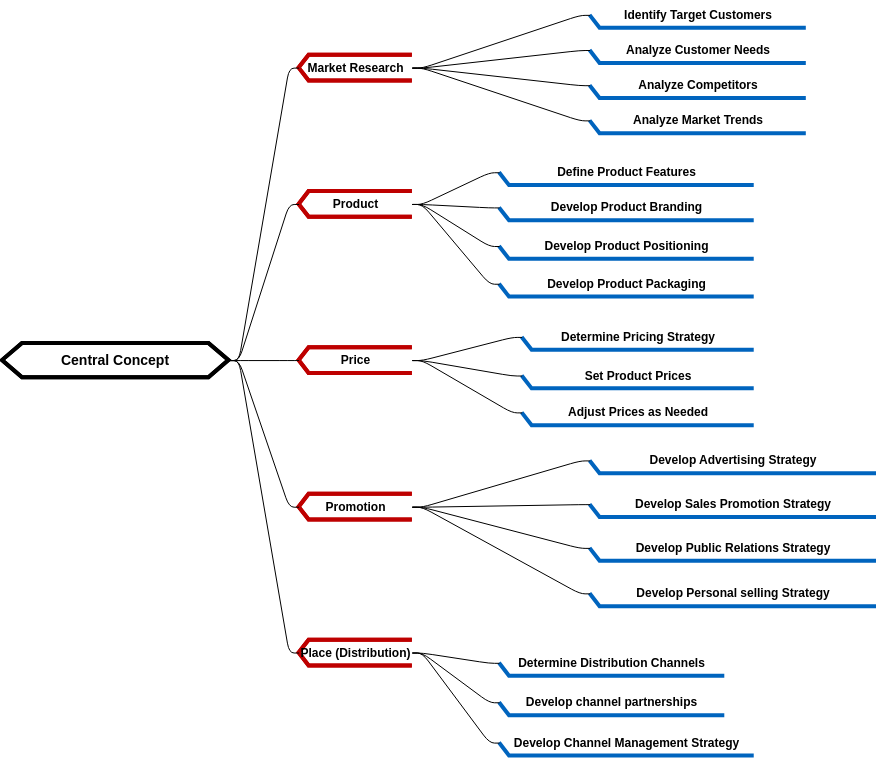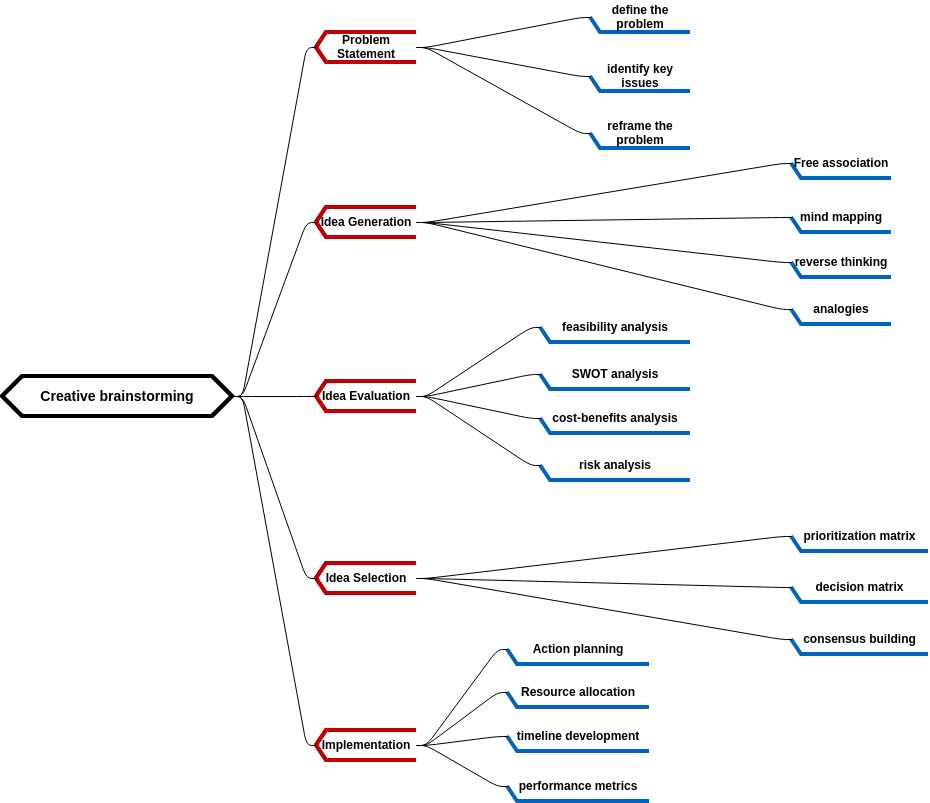The mind map for conflict resolution starts with the causes of conflicts. Conflicts can arise from various sources, including miscommunication, differences in personality, values, or goals, and competing interests. Miscommunication can occur due to misunderstanding or making assumptions based on incomplete information. Differences in personality, values, or goals can lead to clashes in opinion or perspective, while competing interests can create tension and conflict over resources or power.
The mind map then highlights the different conflict resolution styles that individuals may employ. The competing style is used when one individual tries to win the conflict at the expense of the other. The avoiding style is used when individuals try to ignore the conflict or withdraw from the situation. Other styles include compromising, collaborating, and accommodating. By understanding these styles, individuals can choose the most appropriate approach for a given situation, which can help to foster more effective communication and collaboration.
The mind map then outlines the conflict resolution process, which involves several stages. The first stage is to identify the problem and understand the perspectives and interests of all parties involved. The next stage is to develop solutions that take into account the interests of all parties. The third stage is to implement the solutions and evaluate their effectiveness. Conflict resolution techniques, such as mediation, can also be useful in facilitating discussions and negotiations between parties.
The mind map also emphasizes the importance of building trust in the conflict resolution process. Trust can be established through open and honest communication, active listening, and a willingness to work collaboratively towards a shared goal. By building trust, individuals can create a safe and respectful environment in which conflicts can be addressed in a constructive and productive manner. Ultimately, effective conflict resolution requires a combination of empathy, communication skills, and a commitment to working towards a mutually beneficial outcome for all parties involved.
Benefits of creating this mind map
Creating a mind map for conflict resolution can have several benefits. First, it can help individuals to identify the root causes of conflicts and understand the different factors that contribute to them. By having this understanding, individuals can be more proactive in preventing conflicts from arising in the first place. Second, the mind map can help individuals to develop a range of conflict resolution strategies and techniques that can be used to address conflicts when they do occur. By having a toolbox of different approaches to choose from, individuals can select the most appropriate strategy for a given situation and increase the likelihood of a successful resolution.
Another benefit of creating a mind map for conflict resolution is that it can improve communication and collaboration between individuals. By understanding the different conflict resolution styles and techniques, individuals can approach conflicts with a greater degree of empathy and respect for the other parties involved. This can help to create a safe and respectful environment in which all parties feel heard and valued. In addition, the mind map can help individuals to build trust with each other by emphasizing the importance of open and honest communication and a willingness to work collaboratively towards a shared goal. By building trust, individuals can create stronger and more productive relationships that are better equipped to handle conflicts when they arise.
